
Interstellar Dragoncore Tunes for Soaring Through Space
We’ve got as playlist of alien and dragon music to share, and it’s cosmic fire!

We’ve got as playlist of alien and dragon music to share, and it’s cosmic fire!
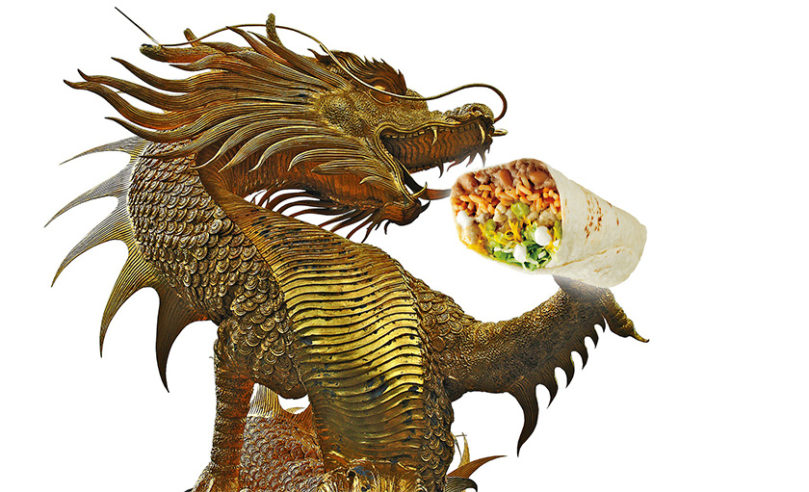
John Scalzi has an almost endless amount of accomplishments under his belt. A Hugo Award winner. A New York Times bestseller (most recently of The Kaiju Preservation Society, now out in paperback). Critic-at-large for the Los Angeles Times. But we’re here to utilize possibly his most important skill of all: burrito expert extraordinaire. For Dragon Week 4: Dragons 4Ever, John weighs in on what burrito he, personally, would feed a dragon.

How many times has this happened to you: It’s a normal day, and then—WHAM, dragons attack?
Hey, don’t worry. Happens to us all. That’s why we developed this quiz to assess your chances of survival in the face of aggro’d dragons. Good luck!
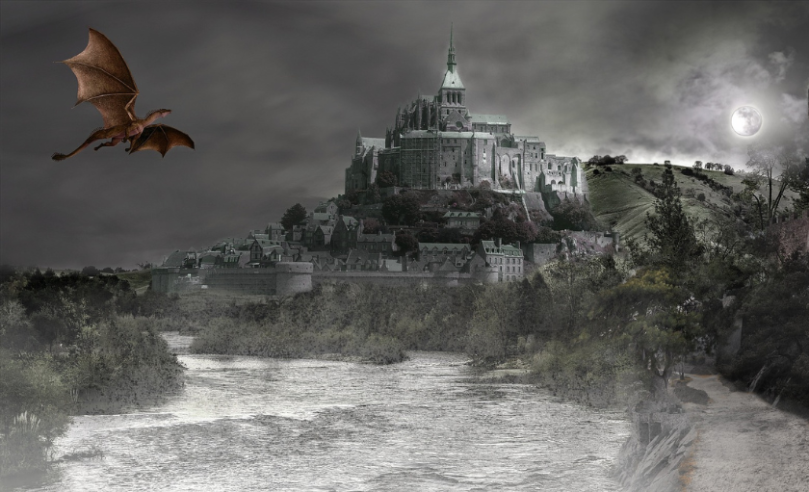
We. Love. Dragons. We’re all about dragons. At any given moment, we’ve got dragons on our mind, and often, dragons in our books! In celebration of Dragon Week 4: Dragons 4ever, we’ve compiled a list of every book we’re releasing this year within whose pages you might encounter a dragon.
Check out this epic list of flying fantasy lizards!

We’ve kicked off our fourth year of all things dragon, but how could we celebrate without looking at some of our favorite articles and round-ups from the past 3 years? Check out some of our most memorable pieces below!

We at Tor are so excited to bring you Dragon Week 4! You heard us right: 4 consecutive years of dragons! And looks like we’re good for many more, because last year you voted on our Special Dragon Week title, so here we are! Dragons 4ever! Check out our roundup below for all the dragon fun we’ll be sinking our fangs into this week!
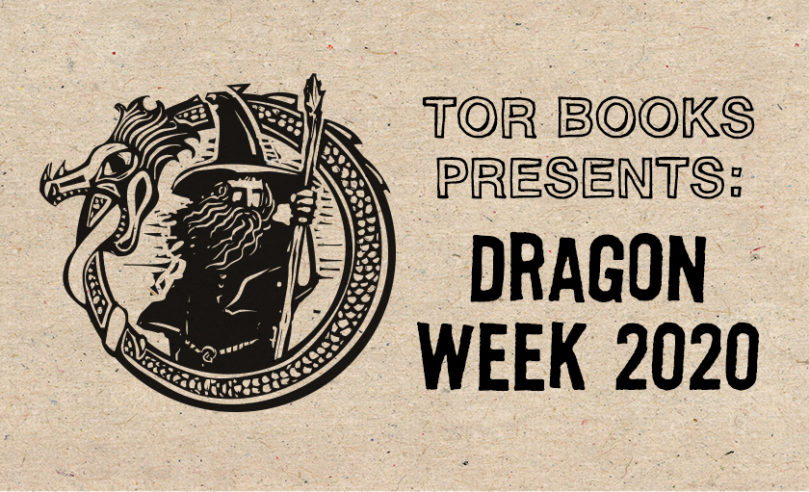
During last year’s inaugural Dragon Week, we sparked a grand debate by dying on the hill that Godzilla is a Dragon. We’ll be staying on that hill, but we asked some of our authors—IS Godzilla a Dragon? And what traits really make a Dragon a Dragon? Check out their answers here!
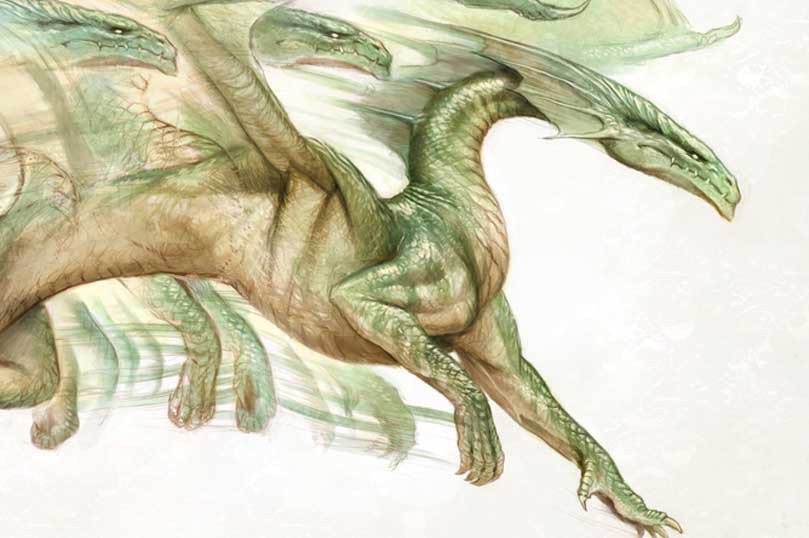
The Tropic of Serpents author Marie Brennan talks about her favorite dragons.
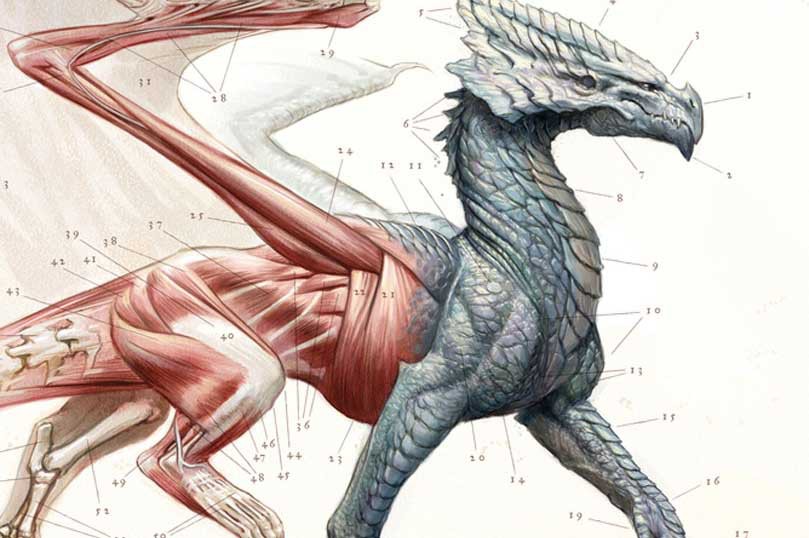
A Natural History of Dragons by Marie Brennan Written by Marie Brennan We are pleased to share with our readership an exclusive interview with Lady Trent, who graciously consented to answer a few questions one morning during a recent visit to Falchester. For her generosity and toleration, we owe her our thanks. Lady Trent, why…